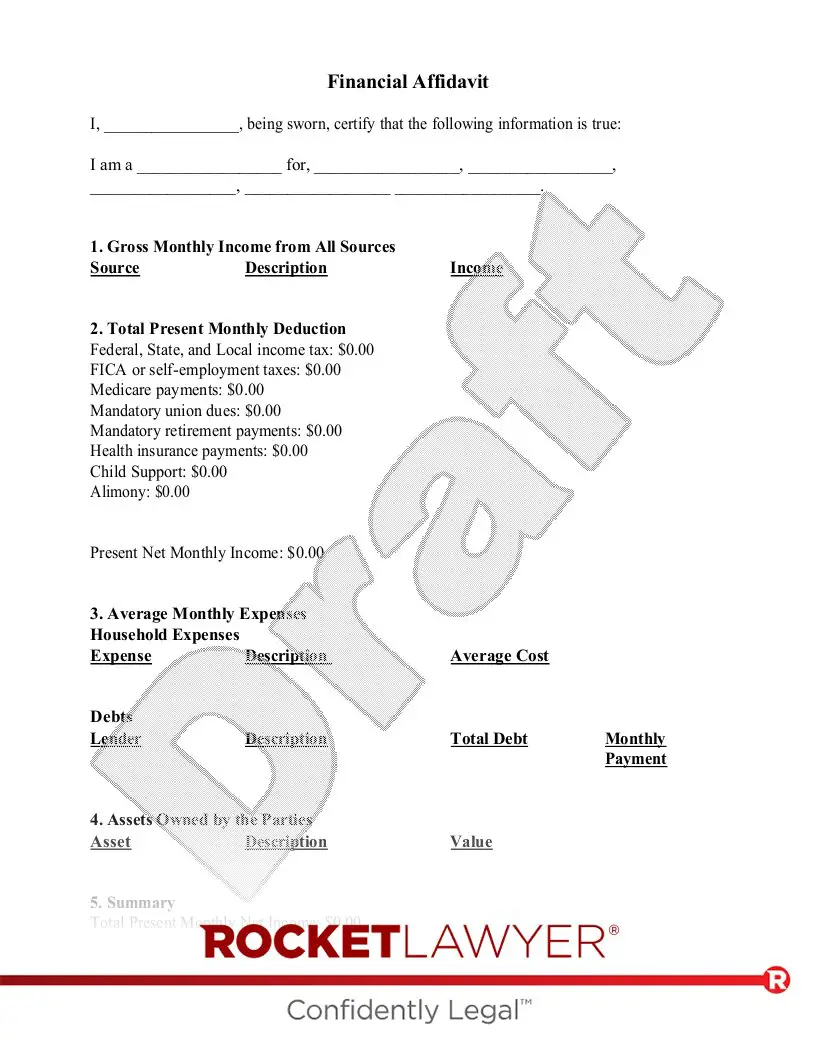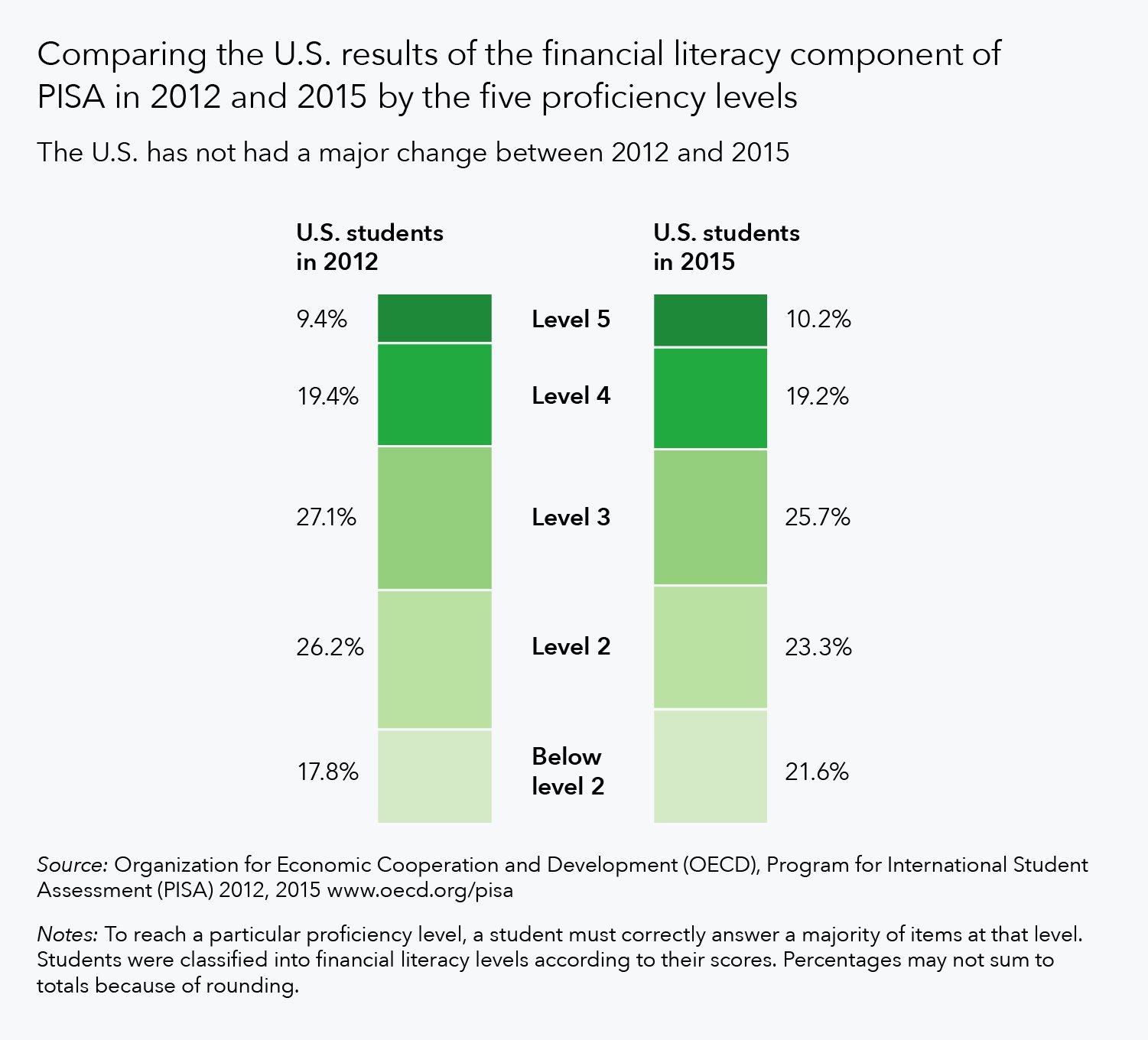Are you a stay-at-home parent looking to manage your finances effectively? Well, you’ve come to the right place! Juggling the responsibilities of raising a family while also handling the household budget can be quite challenging. But fear not, because in this blog article, we will guide you on how to manage finances as a stay-at-home parent. With practical tips and strategies, you’ll gain a better understanding of budgeting, saving, and making smart financial decisions. So, let’s dive in and explore the world of financial management tailored specifically for stay-at-home parents. Together, we’ll help you navigate the financial aspects of your journey with confidence and ease.
How to Manage Finances as a Stay-at-Home Parent
Being a stay-at-home parent is a rewarding choice that allows you to spend valuable time with your children. However, it can also bring financial challenges. With careful planning and smart strategies, you can effectively manage your finances while embracing your role as a stay-at-home parent. In this article, we will explore various aspects of managing finances, from creating a budget to maximizing savings and generating additional income. Let’s dive in!
1. Assess Your Financial Situation
Before you can effectively manage your finances, it’s important to understand your current financial situation. Take some time to evaluate your income, expenses, debts, and savings. Here are some steps to get started:
- List all sources of income, including your spouse’s income if applicable.
- Track your expenses for a month to get an accurate picture of where your money is going.
- Calculate your debts, such as credit card balances, student loans, or mortgage payments.
- Determine your savings, including any emergency funds or retirement accounts.
By assessing your financial situation, you’ll be able to identify areas that require attention and create a solid foundation for your financial management plan.
2. Create a Realistic Budget
One of the most important steps in managing finances as a stay-at-home parent is creating a budget. A budget helps you track your income and expenses, prioritize your spending, and save money. Follow these steps to create a realistic budget:
- List all your sources of income, including your spouse’s income, if applicable.
- Identify your fixed expenses, such as mortgage or rent, utilities, insurance, and loan payments.
- Allocate funds for essential variable expenses like groceries, transportation, and childcare.
- Set aside money for savings, emergencies, and future goals.
- Review and adjust your budget regularly to accommodate changes in income or expenses.
Creating a budget provides a clear roadmap for your financial decisions and helps you make informed choices to achieve your financial goals.
3. Minimize Expenses
As a stay-at-home parent, it’s crucial to find ways to minimize expenses to make the most of your budget. Here are some effective strategies:
- Review your recurring bills and consider negotiating better rates or switching providers for services like cable, internet, or insurance.
- Trim discretionary spending by cutting back on non-essential items like dining out, entertainment, or unnecessary subscriptions.
- Shop strategically by comparing prices, using coupons, and taking advantage of sales.
- Meal planning can help you save money on groceries by reducing food waste and avoiding impulse purchases.
- Consider implementing energy-saving measures to reduce utility bills, such as using energy-efficient appliances or adjusting thermostat settings.
Small changes in your spending habits can add up to significant savings over time.
4. Maximize Savings
Building and growing your savings is essential for financial stability and achieving long-term goals. Here are some tips to maximize your savings:
- Automate your savings by setting up automatic transfers from your checking account to a separate savings account.
- Take advantage of high-interest savings accounts or certificates of deposit (CDs) to earn more on your savings.
- Consider exploring investment options, such as mutual funds or index funds, to grow your savings over time. Remember to consult with a financial advisor for personalized advice.
- Always be on the lookout for competitive interest rates and switch to accounts that offer better returns.
- Regularly review and adjust your savings goals to stay motivated and ensure they align with your evolving financial needs.
By making saving a priority, you’ll have a safety net for unexpected expenses and the ability to achieve your financial aspirations.
5. Generate Additional Income
Supplementing your household income with additional sources of revenue can provide financial flexibility and help you achieve your goals more quickly. Here are some avenues to explore:
- Consider remote work opportunities that fit your schedule, such as freelance writing, graphic design, or virtual assistance.
- Start a home-based business that aligns with your skills and interests, such as baking, crafting, or consulting.
- Explore part-time or flexible work options that allow you to balance your responsibilities as a stay-at-home parent.
- Monetize your hobbies by teaching classes, selling handmade products, or offering specialized services.
Generating additional income can not only improve your financial situation but also provide a sense of fulfillment and personal growth.
6. Prioritize Insurance Coverage
As a stay-at-home parent, it’s essential to prioritize insurance coverage to protect your family’s financial well-being. Here are some key types of insurance to consider:
- Life Insurance: Even if you don’t have an income, life insurance coverage can provide financial security for your family in the event of your untimely passing.
- Disability Insurance: This insurance offers income protection in case you become disabled and are unable to work.
- Health Insurance: Make sure you and your family have adequate health insurance coverage to handle medical expenses.
- Homeowner’s/Renter’s Insurance: Protect your home and belongings from unexpected events like fire, theft, or natural disasters.
- Auto Insurance: If you own a vehicle, ensure you have sufficient auto insurance coverage to protect against accidents and liability.
By prioritizing insurance coverage, you can mitigate potential financial risks and safeguard your family’s future.
7. Seek Financial Assistance and Benefits
As a stay-at-home parent, you may be eligible for various financial assistance programs and benefits that can ease the financial burden. Explore the following options:
- Childcare Subsidies: Research government programs or local organizations offering subsidies or financial aid for childcare expenses.
- Tax Credits: Find out about available tax credits and deductions for families, including child tax credits, dependent care credits, and education-related credits.
- Social Security Benefits: Ensure you understand your entitlement to social security benefits and take necessary steps to maximize them.
- Government Assistance Programs: Investigate programs like Temporary Assistance for Needy Families (TANF) or the Supplemental Nutrition Assistance Program (SNAP) to see if you qualify.
- Scholarships and Grants: Research scholarships and grants that you or your spouse may be eligible for to further education or career goals.
Remember to stay informed about available resources and benefits in your area to make the most of the support available.
In conclusion, managing finances as a stay-at-home parent requires careful planning, resourcefulness, and a proactive approach. By assessing your financial situation, creating a budget, minimizing expenses, maximizing savings, generating additional income, prioritizing insurance coverage, and seeking financial assistance when needed, you can confidently navigate the financial aspects of your role as a stay-at-home parent. With these strategies in place, you’ll be well-equipped to achieve financial stability and provide for your family’s needs. Embrace the fulfillment of being a stay-at-home parent while maintaining control of your finances!
How to Afford to be a Stay at Home Mom
Frequently Asked Questions
Frequently Asked Questions (FAQs)
How can I manage finances as a stay-at-home parent?
Managing finances as a stay-at-home parent can be challenging but with the right strategies, it can be done effectively:
1. What are some budgeting tips for stay-at-home parents?
Creating a budget is essential. Start by tracking your expenses, categorize them, and prioritize your spending. Look for areas where you can cut back, such as dining out or unnecessary subscriptions. Consider using budgeting apps or spreadsheets to help you stay organized.
2. Is it possible to save money as a stay-at-home parent?
Yes, it is possible to save money even as a stay-at-home parent. Look for ways to reduce expenses, such as shopping for sales and using coupons, meal planning to avoid food waste, and opting for free or low-cost activities for entertainment. Additionally, setting financial goals and regularly contributing to a savings account can help you build a safety net.
3. What should I do if I have debt as a stay-at-home parent?
If you have debt, it’s important to address it. Start by assessing your debt and creating a plan to pay it off. Prioritize high-interest debts and consider contacting creditors to negotiate lower interest rates or payment plans. Explore options for debt consolidation or seek professional advice if needed.
4. How can I generate income as a stay-at-home parent?
While being a stay-at-home parent, there are various ways to generate income. You can explore opportunities for freelance work or remote employment that allow you to work from home. Another option is starting a home-based business or utilizing your skills to offer services like tutoring, consulting, or crafting.
5. What are some strategies to save on childcare expenses?
Childcare expenses can be significant for stay-at-home parents. Consider options such as co-op childcare, where parents take turns caring for each other’s children, or finding trusted family members or friends to help with childcare. Additionally, research and compare different childcare providers to find the most affordable and suitable option for your family.
6. How can I plan for the future financially as a stay-at-home parent?
Planning for the future is crucial for stay-at-home parents. Start by setting financial goals, such as saving for your child’s education or retirement. Consider obtaining life insurance and creating an emergency fund. Consult with a financial advisor to help you develop a comprehensive plan tailored to your specific circumstances.
7. Are there any resources available for financial assistance for stay-at-home parents?
Yes, there are resources available to support stay-at-home parents financially. Research government assistance programs, grants, or scholarships that may be applicable to your situation. Additionally, explore local community organizations or non-profit agencies that offer financial aid or resources for families in need.
8. How can I involve my children in financial management as a stay-at-home parent?
Involving your children in financial management can instill valuable lessons from an early age. Teach them about budgeting, saving, and the importance of responsible spending. Encourage them to participate in family financial discussions and involve them in age-appropriate financial activities, such as setting up a savings account or tracking expenses.
Final Thoughts
Managing finances as a stay-at-home parent requires careful planning and smart strategies. Start by creating a budget that accounts for all income and expenses. Save on groceries and household items by planning meals and shopping strategically. Find creative ways to save on utilities and other household bills. Consider finding ways to generate additional income, such as freelancing or starting a small business from home. Finally, make sure to prioritize saving and investing for the future. By implementing these tips and strategies, stay-at-home parents can effectively manage their finances and secure a stable financial future.


